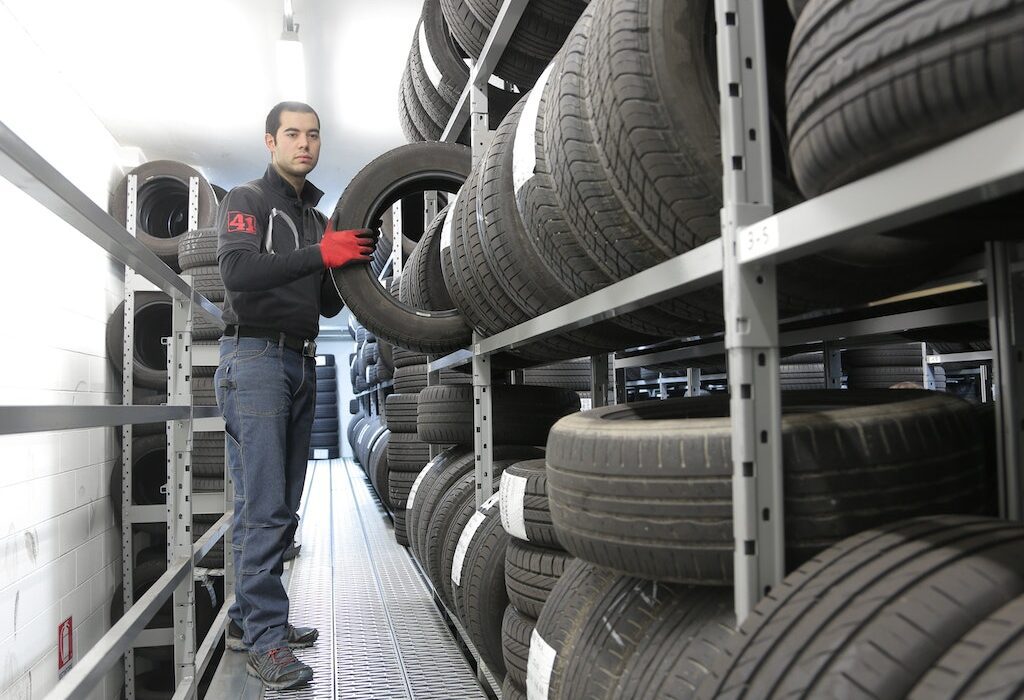Flat tires are scary, and it’s hard not to feel like you brought them on yourself. But, the good news is that there are signs that indicate you need new tires before your car makes you take an unwarranted trip to the mechanic. These warning signs will mean an extra expense for a new tire, but the peace of mind that comes with knowing that a blowout won’t happen mid-commute is priceless.
Your Tread Depth Is Low
Tread wear indicators are small grooves in the tire tread that indicate when the tire has reached its service life. These indicators allow drivers to see when their tires are nearing the end of their useful life, so they can get them replaced before they cause damage to their vehicles. They also help drivers avoid getting into accidents because of worn-out tires. If you see these indicators on your tires, contact a mechanic right away so they can replace the tires before they become unsafe! This is especially important if you drive in areas where snow or ice is common during the winter months.
Your Tires Are Worn Unevenly
This means one side or another has worn down more quickly. When this happens, it can cause instability in your vehicle and lead to dangerous accidents on the road. The best way to avoid this problem is by getting regular tire rotations at least every 10,000 miles or so.
You See Cracking or Cuts in The Sidewall
If you see cracks or cuts around the sidewall of your tire, this means that it has been compromised by something on the road (like glass or sharp rocks), which could lead to a tire blowout if not addressed immediately. If you see cuts or cracks in any of your tires, stop driving until your tires are replaced or repaired by an expert mechanic.
The Tire Pressure Is Low
This is one of the most common tire problems, and it’s easy to fix most times. The tire pressure should be checked at least every week or two, depending on how often you drive and how many miles you put on each set of tires. Check the pressure using a tire gauge and add air if necessary. If you notice that your car has been driving differently lately (for example, if it’s pulling to one side or feels like it’s shaking), check your tires for low pressure immediately. If the tire pressure is constantly low, take your car to a mechanic.




